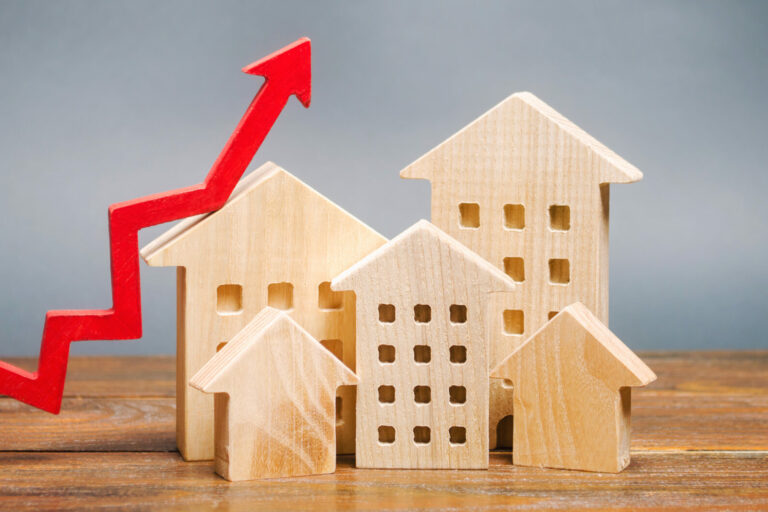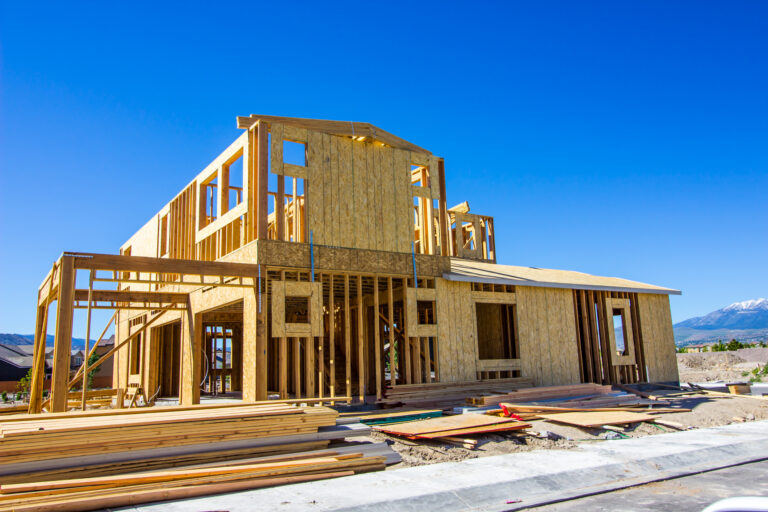Australian Property Update – June 2022

Terry’s View – Terry Ryder is Australia’s Leading Independent Property Researcher
The adage about “lies, damned lies and statistics” is amply demonstrated by price data. Mainstream media tends to report price statistics as gospel, especially those from CoreLogic, but consumers need to understand that ALL real estate data is “rubbery figures”.
The price data published on 1 June by CoreLogic provides a different result to that published by SQM Research on the same day. Both purport to describe the movement in prices in May – but while CoreLogic records a 0.1% decrease nationally, SQM reports a 1.6% rise.
CoreLogic says Sydney house prices fell 1.1% but SQM says there was no change in May. CoreLogic says Canberra house prices fell 0.4% in May but SQM says they rose 2.1%. This, sadly, is the norm in the housing market.
If you do an Internet search on the median house price for any suburb in Australia, you will get a result from six or seven different sources – and they will all be different figures. I searched the median price for Epping VIC and found different results from six different sources, ranging from $628,000 to $737,000.
Investors Rising But Vacancies Still Tight
Investors are starting to return to the Australian property market, with new figures revealing a 2.9% increase in loans to investors during March. Despite the rise, the ABS figures show investor participation is still well below where it needs to be to help improve the current rental crisis.
Broker Mathew Spiteri of Engaged Finance says the lack of investors means rents are continuing to rise which will make it harder for first-time buyers to save a deposit.
“It will impact people’s ability to save for a home deposit and will make it even harder for first home buyers to crack into the market and compete with more experienced buyers,” he says.
Until investor numbers return to a more normal level there will be fewer rental properties for potential tenants to choose from.
“This means an increase in competition for properties available and competition amongst renters forproperties will increase further,” Spiteri says. He says landlords are achieving record prices from prospective tenants desperate to secure a place to live.
Atlas Property Group director Lachlan Vidler says investors comprise 35.1% of mortgage demand by value, up from a recent record low of 22.9% in 2020.
There are about 2.5 million rental properties in Australia with only about 37,000 of those vacant in March. SQM Research figures show that in December 2016 there were nearly 90,000 vacant rental properties which was the most recent peak vacancy rate period.
Marketshare Of Investors Slowly Rising
Interest rate rises have not deterred those investors who are keen to return to the market as they are achieving good yields and strong rental demand.
The value of new investment loans doubled to $11 million in the 12 months to the end of March.
The investor share of mortgage activity as a proportion of the whole mortgage market, remains below the decade average of 35% and is sitting close to 30%. Australian Finance Group chief executive David Bailey says investment loans now account for about 26% of its business after dropping to 21%.
“It is a slow rebuild,” he says, “But investors are attracted by very low vacancy rates and positive yields.”
He says rents are increasing by more than 20% in some capital cities.
CoreLogic figures show gross rental yields are 6% in Darwin, 3.8% in Canberra and Perth and 3.5% in Adelaide. In Melbourne gross rental yields are 2.8% and in Sydney they are 2.5%.
SQM Research director Louis Christopher says that investors can expect even higher rental yields as prices fall in some major markets, notably Sydney and Melbourne.
But house prices continue to rise in the smaller capital cities, including Brisbane, Perth and Adelaide, and in many regional markets.
Building To Stay Strong Til End Of 2023
The latest data shows that new home sales fell in April, although it was still a stronger first four months of 2022 than it was during the same period in 2021.
Housing Industry Association (HIA) economist Tom Devitt says new detached homes fell by 1.2% in April. The latest HIA New Home Sales report, which surveys the largest volume home builders in the five largest states, found the market remains strong despite the fall.
Devitt says the solid sales figures mean the volume of home building and demand for skilled workers will remain strong at least until the end of 2023, if not longer.
Western Australia and Victoria are the only states to record an increase in new home sales in April. Sales were up 8.8% in Western Australia and 4% in Victoria.
Sales dropped by 2% in South Australia, 9% in Queensland and 9.4% in New South Wales. But when comparing the past three months with the same quarter last year new home sales in New South Wales are up by 11.1%.
Other states have declines for the same period with Victoria down by 4.2% Queensland down by 14.3%, Western Australia down by 15.9% and South Australia down 42.8%.
Rental Hikes Cause Tenant Panic
The shortage of rental properties is driving up demand and rental prices throughout all capital cities according to new analysis by Finder. The biggest increase has been recorded in Darwin where the median asking rent for houses is up by 22%.
In Perth rents are up 15%, Brisbane, 13%, and in Sydney and Adelaide 9%.
According to Finder, 48% of women and 41% of men are struggling with paying their rent, with those in Generation Z (aged between 18 and 25) feeling the most rental affordability stress. Lower earners are unsurprisingly feeling the pinch the most, according to Finder’s Sarah Megginson, with some tenants with little left over for necessities after they have paid their rent.
“Some tenants simply can’t afford the rapid increase in their rent in such a short amount of time and there are even stories of families being forced out to live in their cars, or in makeshift tents in the street,” she says.
The increased demand means some applicants are offering hundreds of dollars more per week than the asking price just to secure a property.





